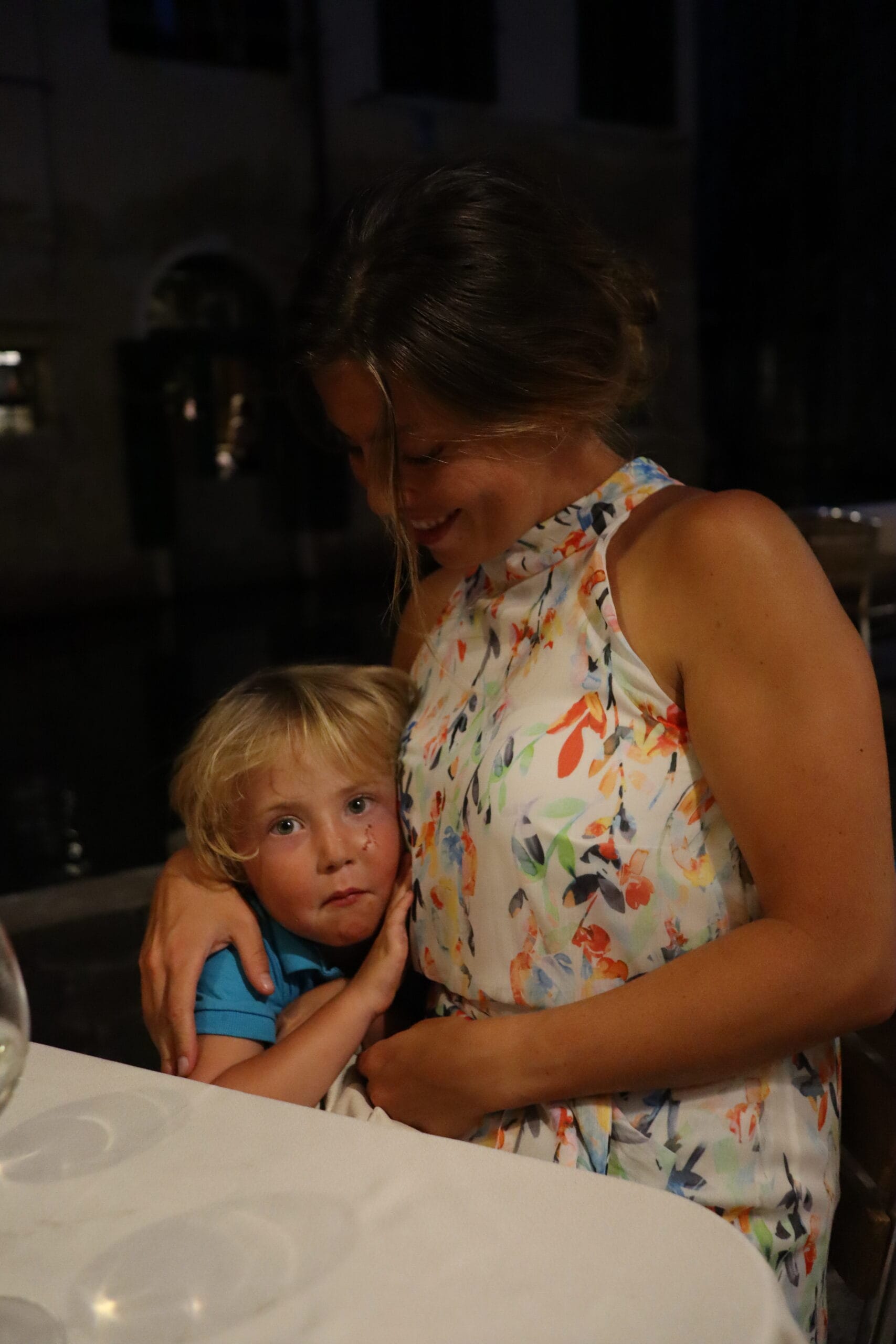Setting boundaries: 3 tips to encourage healthy boundary setting
Boundaries are your own personal limits, around the choppy, unpredictable waters of life. Boundaries signal to others and yourself what you will and will not accept. This includes how people can treat you, behave around you and what they can expect of you. And, importantly, it’s not just focussed on other people, boundaries set expectations for ourselves too.
Boundaries can be implemented into many areas of life
- Mental energy
- Physical energy
- Emotions
- Time
- Materialistic items
This list is pretty much non-exhaustive, but ultimately –
Boundaries signal to others and yourself what you will and will not accept.
The truth is, it’s not uncommon to struggle with boundaries as it hasn’t been mirrored to us in our upbringing. I for one am still learning to set boundaries, – it can be uncomfortable, but it is possible and, in the end, much more liberating and free.
Signs you may lack healthy boundaries
The truth is, for some, we may not be aware that we are unable to set boundaries with our selves and other people. Signs you may lack healthy boundaries may include (but not limited to).
- You are afraid of disappointing others
- You find your relationships are often an emotional rollercoaster/dramatic
- You constantly feel used and taken for granted
- You struggle saying ‘no’ to others or declining requests
- You rarely ask ‘what do I want?’
- You feel shameful/guilty/fearful for taking time for yourself
- You often feel taken advantage of
- You depend on others to feel worthy
- You feel responsible for other peoples happiness
- You fear being rejected and/or abandoned
If you resonate with some of these signs, then this may be a good time to start implementing boundaries.
3 tips on your boundary setting journey
1. Get in touch with your authentic self
The truth is, learning to set boundaries is an intricate and emotional process. It’s not just an overnight change! Therefore, the most important I believe would be to begin getting in touch with your truest, most authentic self.
The version of ourselves that we experience may be crafted on other people’s opinions and beliefs, we internalise these and think they are our own. Realistically, this person who is created by the beliefs and opinions of others is never going to be her truest, most authentic self. This version fluctuates in response to other people’s behaviours, opinions, and thoughts of others.
One of the ways we can identify this is the language we use – for example, using the word ‘should’ may indicate that this belief is external to us. I encourage you to be curious about the language you use in your day-to-day.
The process of meeting your authentic self is a journey and not an overnight revelation, however, it is possible to draw boundaries whilst on this journey. In fact, this is part of the process in navigating your power. Becoming more in touch of our own thoughts and real feelings without being affected by others is going to allow you to take control and be able to start setting firm boundaries with yourself and others.
Actionable tips to take:
- Give yourself compassion whilst you take space to get to know you
- Journaling is an effective form of self-discovery
- Working with a therapist can help you identify beliefs and enourage self-expression in a safe space – want to know more? Book a free consultation —
2. Establish a self-care routine
Boundaries allow you to say no kindly without having guilt or shame so you can protect your mental, emotional, physical health and more.
Therefore, it is important to establish a self care routine to be able to value our own feelings and needs instead of putting everyone else before you. Essentially, we teach people how to treat us by showing them how we treat ourselves.
Having a self-care routine is part of your tool kit for a happy and healthy life, making the process easier for setting boundaries!
Actionable tips to take:
- Read 5 simple ways to practice self-care
3. Set realistic expectations
When you start setting boundaries, it can feel very uncomfortable! We value other people in our lives, and it can feel unsettling when our loved have a reaction to our boundaries.
The people around us with may be taken aback at first and this may feel uncomfortable, but with time and repetition most will be happy.
Realistic expectations: this will take time as you get to know yourself and practice boundary settings.
Let’s be honest, if we were super happy with ourselves and confident, with high levels of self, it would be more than likely that we would happily say no with no feelings of guilt. This is why step number one meeting authentic self is important.
Other’s may feel hurt when you set a boundary. This may be because some people can’t set boundaries themselves, they don’t yet care enough about themselves to preserve their self-love, self-respect and more. This is a time to be compassionate but firm, but equally assuring them that you care for them.
Remember, if you don’t set boundaries with other people because you’re afraid of what other people may think or feel, you hold yourself back. You deserve to take space and set boundaries that you need.
Actionable tips to take:
- Understand that boundary settings may feel uncomfortable, but it is part of the process, and it will get easier.
- Practice saying no, a kind and compassionate no.
- Working with a therapist may help to uncover what boundaries you need to set
How do you feel about setting boundaries?
Are there any ways you feel that could make boundary setting easier?
Let me know in the comments below!







